Taking several different quick fixes and creating a comprehensive “one stop shop” app for employees of a food service distribution company that helped cut costs by over 25%.
Client: Food Service Distributor
Industry: Food Service
Funnel Stage: Envision, Validate, and Bootstrap
The Challenge
A large food service distributor had a logistics problem; a BIG logistics problem. The company’s drivers deliver food and supplies to restaurants all over the country. That’s hundreds of drivers performing thousands of deliveries every single day.
The issue was efficiency — or lack thereof. This food service distributor’s drivers were using several different apps to help them navigate traffic, where to go next, and figure out their most optimal routes.
However, aside from optimal route planning, they also had problems with storing and disseminating individual job information. Oftentimes, the drivers made after-hours deliveries, necessitating the restaurants giving drivers key codes to their buildings. Since there was no unified place to store this critical information, each driver would write it on a piece of paper in their truck. If that driver was no longer able to deliver that day, a replacement driver often didn’t know or have access to the information they needed.
With each driver using several different ad hoc solutions, the inefficiency problem continued to grow. This food service distributor needed to take all these different apps and disparate processes and consolidate them into one cohesive application.
They reached out to us to help them determine the right thing to build, then develop a custom solution that employees would actually use.
The Approach
At City Innovations, we knew 2 things right off the bat:
- We needed to pack several apps’ worth of functionality into one solution.
- We needed driver buy-in; they would only use this solution if it was an improvement on what they were currently doing.
Since this was a solution that the drivers would be using, we decided to go straight to the source — the drivers and warehouse workers.
Envision
First, we hosted several workshops alongside the food service distribution’s innovation arm to discuss the problems faced by the drivers. Both drivers and leadership attended and talked about all of these challenges and what would help solve those issues. This helped us understand and prioritize what work was needed.
Next, we conducted a discovery period consisting of driver ride-alongs. As the drivers made deliveries, we took notes on all the manual touchpoints and different stops they made, building full documentation about what their day-to-day looked like. From there, a map of all their friction points throughout their journey was created.
Now that we had perspectives from the drivers and from the leadership, we flew out to several packing locations and looked at their warehousing operations. More interviews and shadowing of workers in the warehouses were conducted, giving us a full understanding of how the food distributor was moving inventory from warehouse A to warehouse B.
Ultimately, we developed a comprehensive framework of understanding how their food goes from the farm, to the warehouse, to the truck, and finally delivered to their customers.
Validate and Bootstrapping
Taking that information, we built a prototype of a cohesive mobile app that would provide drivers with a central location for route planning, driver training, work manuals, notes, key codes, and more. We used the information from their discovery, built out wireframes, and put it in front of those same people (drivers, warehouse workers, and the leadership team) to gather feedback.
After every round of feedback, we refined the prototype. Then, we went to the drivers that would be using the app to show them what was built. The employees put the app on their phones, used it for a while, and gave feedback to see if it met their needs.
Our team made iterative changes to the app based on the feedback we received. And after several rounds, we got to a redefined prototype that we could share with the client.
The Results
Oftentimes, the biggest challenge when it comes to custom development is not technical in nature. The biggest hurdle we faced on this project was getting buy-in from a wide range of stakeholders — from users, to decision-makers, to leadership, to everyone in between.
Our team created a unified strategic vision that got buy-in across a huge organization, which is no small feat. The project included hundreds of people that were involved in the process. That’s hundreds of different perspectives and hundreds of different ideas that needed to be taken into account.
In the end, it took less than 6 months to go from un-organization to unification on the company’s decision to move forward. The biggest praise was from the primary users, the drivers. “This is going to make my life easier using this” was a common quote after reviewing the prototypes.
Along with that, it helped cut costs by over 25%.
With laser focus, our team was able to build an app that was frictionless, seamless, and easy for employees to use — rather than getting in their way. Their new app added to the experience of the driver’s jobs and gave the company the tools to increase logistical efficiency on a larger scale.
About City Innovations:
City Innovations is a venture studio focused on building digital businesses that will matter to the world. Our strategists, technologists, and capitalists all work to make sure clients build the right thing and get it to the market faster — supporting entrepreneurs every step of the way, from idea to launch. Learn more at CityInnovations.com.




